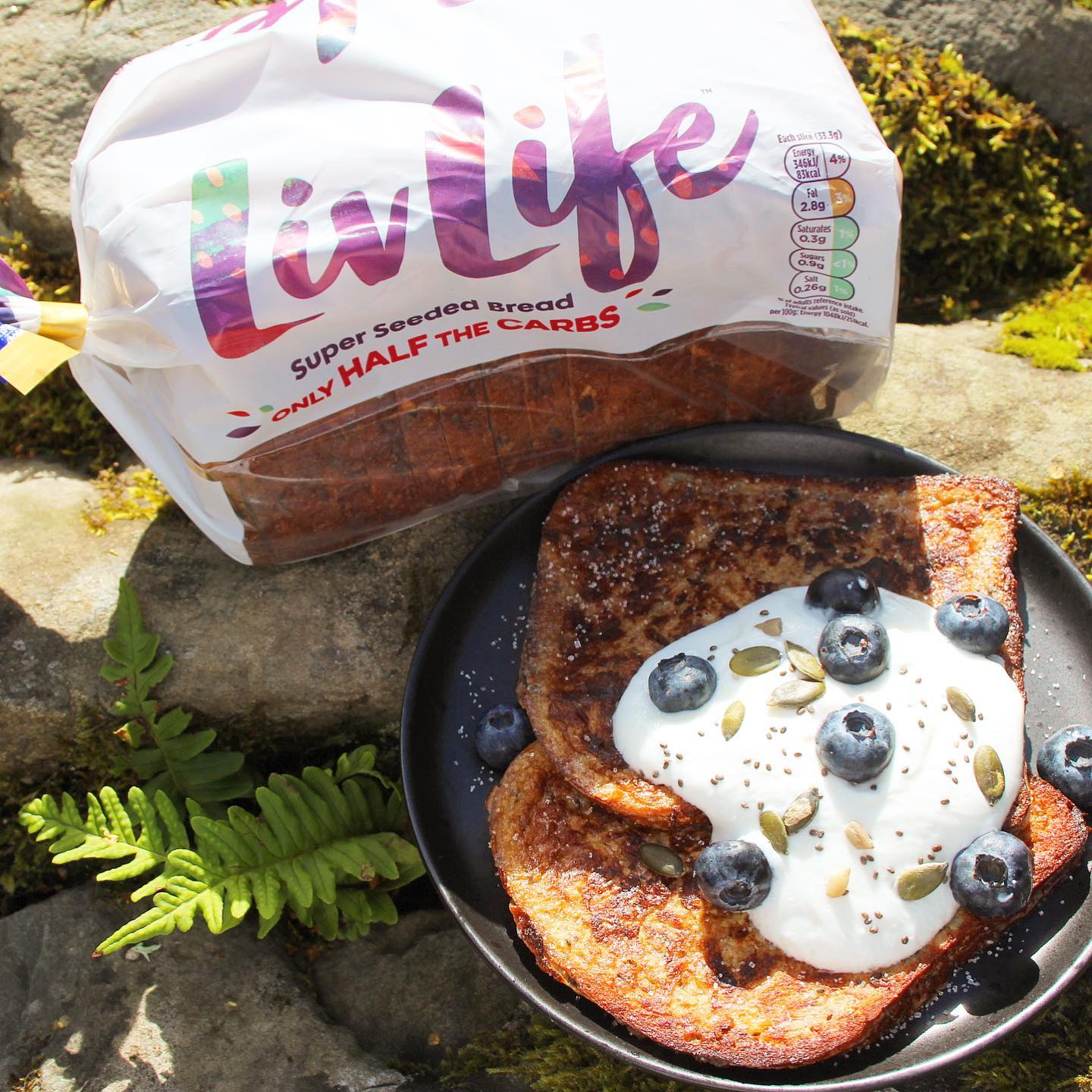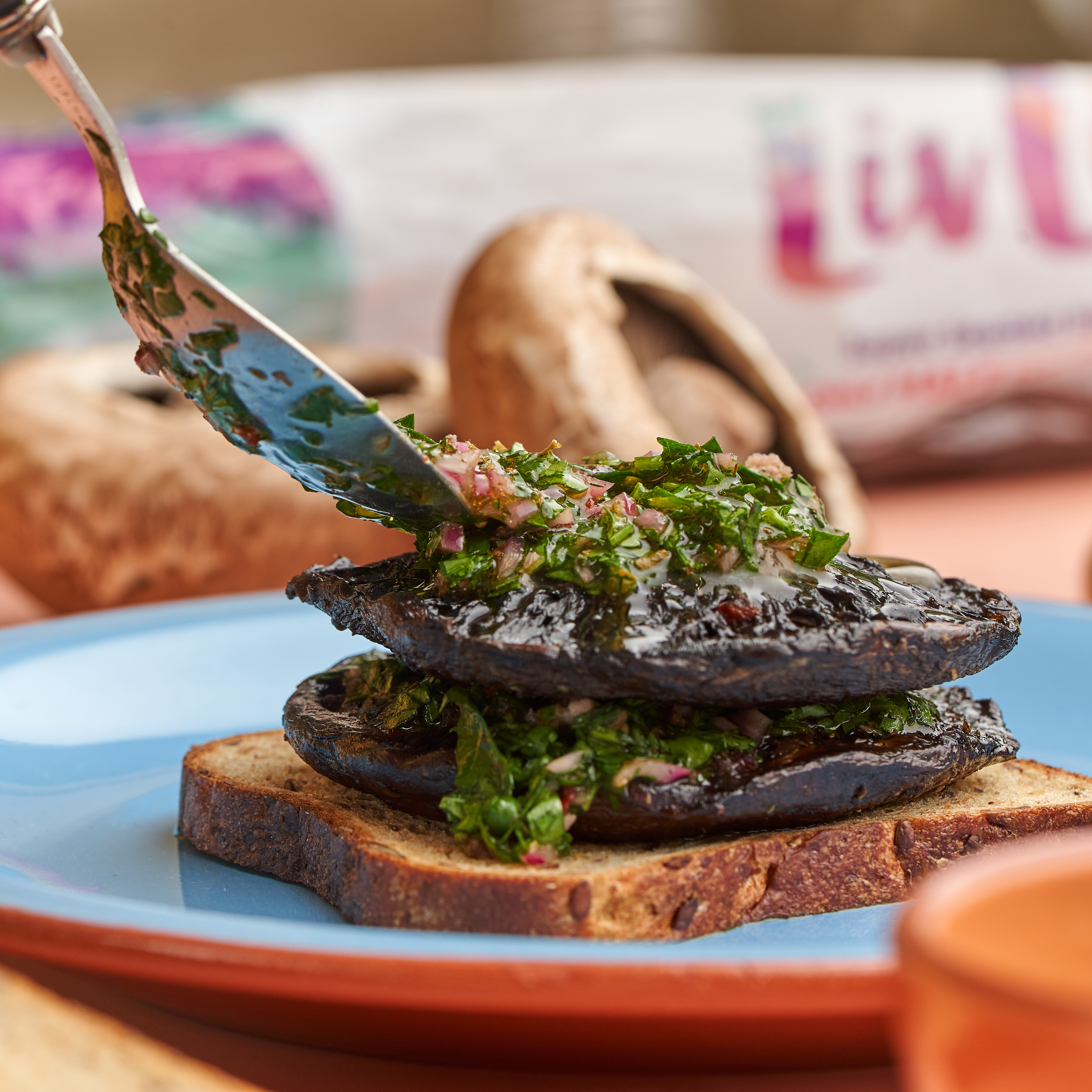The past 12 months have been tough for everyone, in particular pregnant and new mothers. Growing another human is hard work at the best of times, let alone in a pandemic. Throw into the mix being diagnosed with Gestational Diabetes and you’ve got yourself a whole world of overwhelm.
You’re not alone, we’re here to help. To help you understand the condition, and pick up tips on how to best manage it we’ve asked Jo Paterson, founder of Gestational Diabeties UK to share her experience and advice. Over to Jo.
Nobody explained gestational diabetes to me when I was diagnosed with it during my first pregnancy. I was simply told to monitor my blood glucose and eat ‘healthy’. Very vague advice which left me confused. I tried my best but when this wasn’t enough, I was put onto insulin injections.
I had weekly hospital appointments to check my blood glucose monitoring diary and was told I was now classed as a ‘high risk’ pregnancy. Another risk factor was delivering a larger baby due to gestational diabetes.
At 38 weeks, my baby had stopped growing between growth scans and I had to be induced 2 days later as there were concerns the gestational diabetes had caused my placenta to start deteriorating.
After a successful induction, my baby was born weighing just 7lbs. My placenta had suffered and it was the right decision to deliver my baby when advised. After the birth, my blood glucose levels returned to normal. Just like that, the diabetes was gone.
6 years later I fell pregnant again and my blood glucose levels shot up meaning another, but much earlier, diagnosis of the same illness. This time I wanted to make more informed decisions around my pregnancy and care.
I seeked to find other Mums in the same position, and educate myself about the condition. I created a Facebook support group for other mothers and started to investigate the National guidelines for managing and controlling diabetes in pregnancy. This is when Gestational Diabetes UK was born.
Three gestational diabetes pregnancies later and after supporting over 15,000 mothers with the condition, Gestational Diabetes UK is now recommended by the NHS. We’re proud to be featured in supporting NHS maternity notes and are recommended by many hospitals across the UK and Ireland.
Below I’ve shared the information I wish I had known in all my pregnancies on how you can achieve better controlled and more stabilised blood glucose levels, reducing the complications related to gestational diabetes.
Jo Paterson, Gestational Diabetes UK Founder
What is gestational diabetes?
Gestational diabetes is a form of diabetes that occurs in some women during pregnancy and specifically in previously non-diabetic women. It is a condition that any pregnant woman could be diagnosed with, however some women are at a higher risk of developing it. It comes out of the blue for many and doesn’t matter how healthy the mother is or was before pregnancy. Gestational diabetes affects 5% of UK pregnancies.
What happens after diagnosis?
Following a positive diagnosis of gestational diabetes, the mother must monitor blood glucose levels multiple times daily, with an aim of maintaining low and stabilised blood glucose levels.
The main difference to other types of diabetes is the impact it has. With gestational diabetes if blood glucose levels remain too high, this is passed through to the growing baby. The baby must then increase its own insulin production to help process excess sugar.
Insulin is a growth hormone which results in an increase in the baby’s growth,which can lead to complications for both the mother during delivery and the baby post birth. By controlling blood glucose levels with diet, exercise and some will also need medication such as Metformin and/or insulin, this helps the baby to regulate their insulin production to normal levels and the rate of growth normalises.
Gestational diabetes blood glucose targets
It should be noted that blood glucose targets in pregnancy are typically much lower than those acceptable for other types of diabetes, so you cannot compare levels to type 1 or type 2 diabetes as what is acceptable for them, may not be low enough during pregnancy.
Gestational diabetes diet
Following a positive diagnosis of gestational diabetes, many believe that just by cutting out sugar, sweets, cakes and treats this will be enough to maintain good blood glucose levels, but unfortunately this is rarely the case.
Carbohydrates turn into glucose in the bloodstream, making them the most difficult thing to tolerate. Therefore, not only do sugars need to be reduced, but the amount and type of carbs need to be considered too.
The best dietary advice we have found to manage, control, and stabilise blood glucose levels is based on 8 golden rules:
- Eat little & often, ideally 3 meals and 3 snacks a day
- ‘Pair’ foods so that they will be tolerated better, “food pairing” is a term that we use in relation to the GD diet
- Eat high protein
- Eat good, natural fats
- Eat low amounts of unrefined complex starchy carbohydrates at every meal
- Bulk up meals with lots of vegetables & salad
- Drink plenty of water
- Go for a stroll
You should not eliminate carbs completely
Although carbs raise blood glucose levels, completely cutting carbs or following an extremely low carb diet during pregnancy causes ketosis. Whilst low levels of ketones are not a problem, high levels should be avoided, even more so in a diabetic pregnancy.
This means a careful balancing act between choosing which carbs to eat.
Which carbs to choose
One strange thing about gestational diabetes is that what one mother tolerates carb wise, another may struggle with. It can also change from one pregnancy to another!
Whilst carb counting is not necessary and can over-complicate things, a simple guide makes a good starting point for working out serving sizes.
Start with small amounts e.g. 3 egg sized new potatoes, 3 tablespoons of cooked rice, couscous or pasta, 2 small slices of bread or one larger slice depending on your readings. Increase the carbs so that you are comfortably within your test target for blood glucose levels and reduce or eliminate ones that don’t work so well for you.
Bread
Bread can be particularly difficult for many to tolerate as it is often eaten in the morning for breakfast when we are naturally more insulin resistant, or alongside other carbs at lunchtime such as a sandwich with crisps, fruit and yogurt.
A low carbohydrate bread that has high protein and high in natural fat (from seeds and/or soya) makes for a much better choice, but should still be paired with proteins and fats to help make it tolerable. A perfect pairing would be smashed avocado on toast with eggs
LivLife half the carbs is the best sliced loaf of bread I have found available in shops and is my No.1 recommended bread.
I found LivLife bread in my second pregnancy, and it allowed me to be able to enjoy eating bread whilst pregnant. LivLife enabled me to find a perfect balance between being able to incorporate a small serving of well paired carbs into my meals in order to maintain better blood glucose levels.
In my third pregnancy, not only did I have gestational diabetes, but also suffered with hyperemesis gravidarum (severe sickness throughout pregnancy). With such severe sickness I wanted comfort food like bread or toast, and it was important for me to eat little and often to maintain good blood glucose levels. At this time a low carb, high protein bread was a staple in my diet.
LivLife is a bread that is the difference between being able to enjoy bread during a diabetic pregnancy, having to eliminate it or higher doses of insulin to make it tolerable.
Check out my recipe for French Toast using LivLife bread

For further information on gestational diabetes, please visit the Gestational Diabetes UK website @ www.gestationaldiabetes.co.uk
You can find the private Gestational Diabetes UK Facebook support group @ www.facebook.com/groups/GestationalDiabetesUKMums
Gestational Diabetes UK Facebook page @ www.facebook.com/GDUKMums
Instagram account @ www.instagram.com/gestational_diabetes_uk




